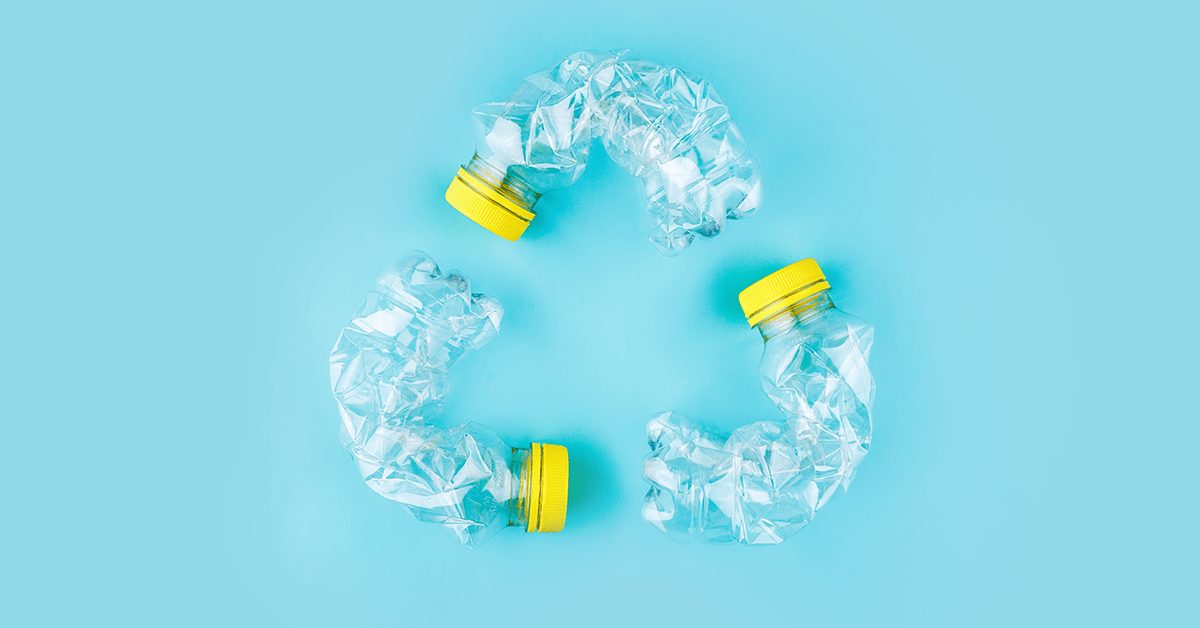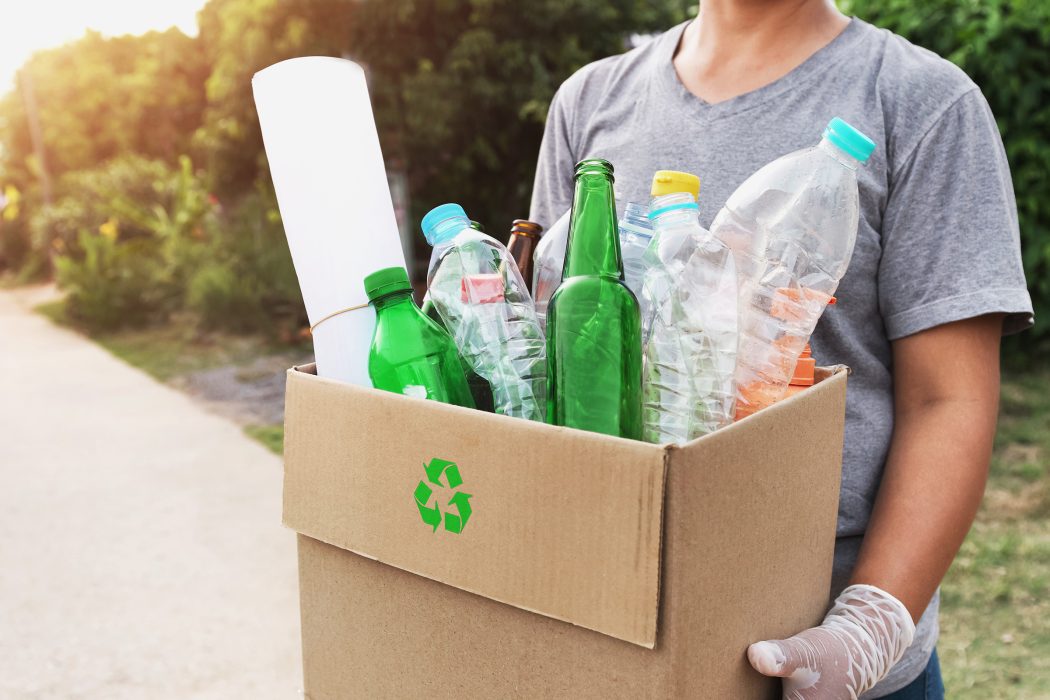As plastic consumption continues to increase around the world, plastic waste has become a major environmental concern. Plastic waste pollutes our oceans and harms marine life, disrupts ecosystems, and contributes to global climate change.
One effective solution to this problem is plastic recycling. In this article, we will explore the importance of plastic recycling, its benefits, and 4 common plastic recycling processes you should be aware of.
What is Plastic Recycling?
Plastic recycling is the process of converting used plastic products into new materials. This process involves collecting, sorting, cleaning, and processing plastic waste.

Once processed, recycled plastic can be used to make various products such as furniture, clothing, and new packaging. Very few types of plastic waste which can not be recycled are sent to cement kilns, road construction & pyrolysis.
Many organizations have embraced strategies that ensure efficient recycling of plastic. This has helped contribute to the plastic industry’s transition to a circular economy while reducing harmful emissions. By retaining discarded plastic waste as a useful resource in the circular economy, industries have been able to save a lot of money and resources.
4 common Plastic Recycling Processes you should be aware of
The recycling process begins with the collection stage where plastic is collected from various resources. This is followed by the sorting stage where separated plastic is delivered to plants where recycling takes place through any of the following processes:
Mechanical recycling

In this process, plastic waste is converted into secondary raw products or materials. This is done without changing its chemical structure. Mechanical recycling is easily the most popular recycling process and it can be used to recycle a variety of thermoplastics without impacting their quality.
Chemical recycling
In this process, chemical methods such as gasification, pyrolysis, hydro-cracking, and depolymerisation are applied to alter the chemical structure of plastic waste. This conversion results in the creation of plastic with shorter molecules, which are then deployed as feedstock for newer chemical reactions to create new recycled plastic. This process offers immense scalability for the recycling industry.
Dissolution recycling

In this process, purification takes place. The polymer present in plastic waste is dissolved by using a solvent. This ensures the polymer is separated from the waste and collected in its pure form without any change in chemical nature. Various forms of polymers such as polystyrene (PS), polyvinyl chloride (PVC), nylon, and polypropylene already use this method to get separated from mixed plastic material waste.
Organic recycling
In this process, biodegradable plastic waste undergoes microbiological treatment in a controlled environment under aerobic or anaerobic conditions. The output of this process includes organic residues, methane, carbon dioxide, and water.
As organizations focus more on plastic recycling, lesser amounts of plastic waste end up in incineration plants and landfills. Recycling helps to save energy and production costs by controlling the negative impact caused by the extraction of virgin materials.
